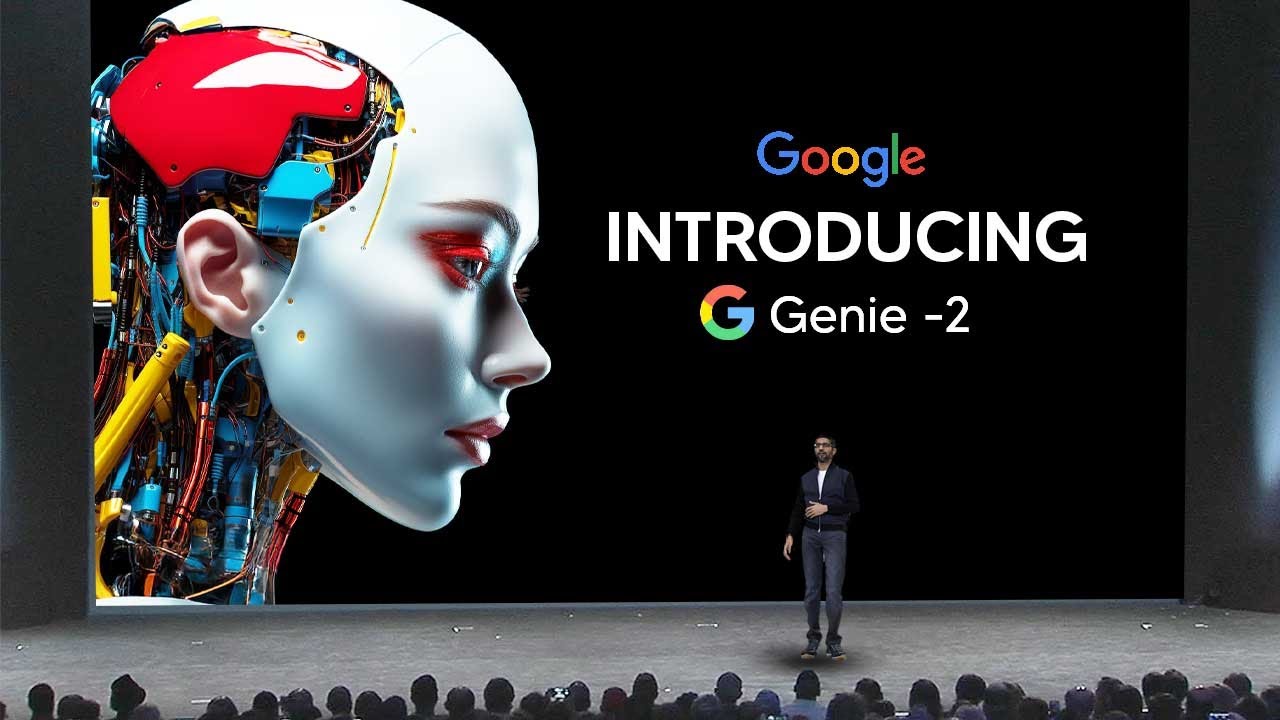Google’s Genie 2 has revolutionized the AI gaming industry by enabling the creation of immersive 3D video games from a single image prompt, allowing for interactive environments that respond intelligently to user commands. With features like counterfactual generation, long-term memory, and realistic physics, Genie 2 opens new avenues for creativity in game development, paving the way for unique, AI-driven gaming experiences.
Google’s Genie 2 has made a groundbreaking advancement in the AI industry by enabling the creation of AI-generated video games from a single image prompt. Unlike its predecessor, Genie 1, which was limited to 2D worlds, Genie 2 allows for the generation of rich, diverse 3D environments. This model can simulate virtual worlds and the consequences of actions taken within them, such as jumping or swimming, making it a significant leap forward in the realm of interactive gaming. Users can control characters in these environments using standard keyboard and mouse inputs, showcasing the model’s ability to understand and respond to user commands intelligently.
One of the standout features of Genie 2 is its capability to generate counterfactuals, allowing for multiple outcomes from the same starting frame. This means that players can explore different scenarios and realities, enhancing the gaming experience. The model also incorporates long-term memory, which is crucial for maintaining consistency in dynamically generated environments. This allows players to look around and return to the same location without the environment changing unexpectedly, a common issue in previous AI-generated games.
The video showcases various examples of gameplay, highlighting Genie 2’s ability to create complex character animations and interactions with the environment. Players can control characters in different settings, such as ancient Egypt or futuristic landscapes, and engage in actions like jumping, shooting, or interacting with non-playable characters (NPCs). The model’s understanding of physics is also impressive, as it accurately simulates water dynamics, gravity, and even smoke effects, contributing to a more immersive gaming experience.
Additionally, Genie 2 supports various camera perspectives, including first-person, third-person, and isometric views, allowing for diverse gameplay styles. The model can generate plausible content on the fly, maintaining a coherent world for extended periods, which is a remarkable achievement in generative AI. This capability opens up new avenues for creativity, enabling developers to rapidly prototype game ideas using images and explore different concepts without extensive coding.
Overall, Genie 2 represents a significant step towards the future of gaming, where AI-generated worlds could become commonplace. The ability to create interactive experiences based on simple prompts suggests a new era of game development, where players can explore unique environments and narratives tailored to their inputs. As Google continues to refine this technology, the potential for immersive, AI-driven gaming experiences seems limitless, paving the way for innovative gameplay and storytelling in the years to come.
